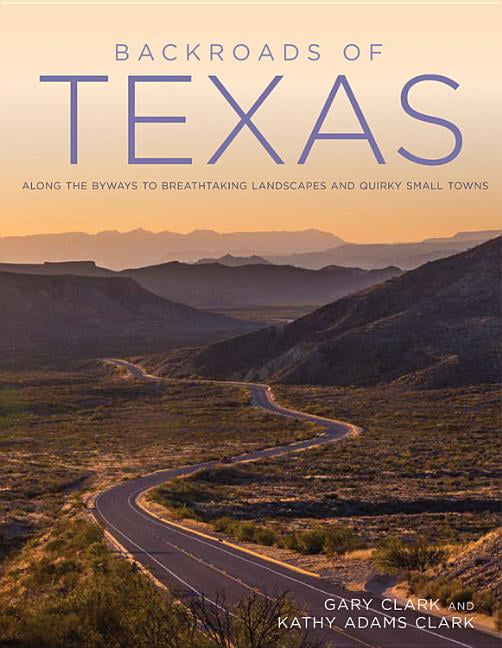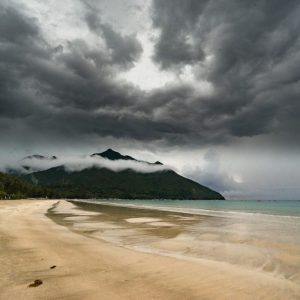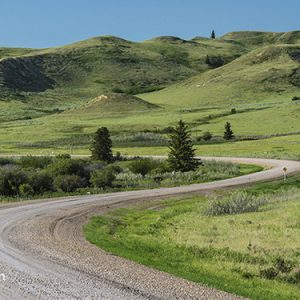
Southern Backroads: A Photographer’s Guide to Breathtaking Scenery
The South. A land steeped in history, brimming with charm, and draped in a breathtaking tapestry of landscapes. Forget the interstate; the real magic lies on the backroads, winding ribbons of asphalt promising discovery around every bend. This isn’t just a guide; it’s an invitation to explore the soul of the South through your lens.
Beyond the Tourist Trail: Finding Your Shot
Southern backroads offer an unparalleled diversity. From the moss-draped oaks of the Deep South to the rolling hills of Appalachia, the photographic opportunities are endless. But navigating these winding paths requires more than just a map; it demands a sense of adventure and an eye for the extraordinary.
This guide isn’t about hitting specific landmarks (though we’ll touch on some iconic spots). It’s about cultivating a feeling: the quiet hum of a rural town, the vibrant colors of a forgotten field, the stark beauty of a weathered barn against a dramatic sunset. These are the moments that define the Southern backroads experience, and the images that will resonate long after your trip is over.
Essential Gear for the Southern Backroads Photographer:
Forget the heavy tripod; pack light and smart. A versatile zoom lens is key, allowing you to capture both sweeping landscapes and intimate details. Polarizing filters will help cut glare and enhance colors, particularly crucial for capturing the shimmering reflections of the many waterways. Don’t forget extra batteries and memory cards – you’ll be shooting more than you anticipate.
Light and Timing: The Photographer’s Secret Weapon
The South’s light is magical. The “golden hour” (the hour after sunrise and before sunset) casts a warm, ethereal glow, painting the landscape in hues of gold, orange, and rose. This is the time to capture the essence of the South – the warmth, the tranquility, the quiet beauty. Consider exploring locations during the “blue hour” (twilight) for a completely different, moody aesthetic.
Location, Location, Location: A Photographer’s Roadmap
While specific locations are best discovered through personal exploration, we can offer a few starting points, categorized for your convenience:
| Region | Photographic Highlights | Potential Subjects |
|---|---|---|
| Appalachian Mountains | Rolling hills, misty valleys, quaint towns | Farmsteads, mountain vistas, wildflowers |
| Coastal South Carolina | Pristine beaches, historic lighthouses, marshes | Seascapes, wildlife, coastal architecture |
| Louisiana Bayous | Cypress swamps, Spanish moss, wildlife | Reflections, birds, atmospheric landscapes |
| Georgia Piedmont | Rolling hills, farmland, historic plantations | Antebellum homes, fields of cotton, horses |
Beyond the Landscape: Capturing the Soul of the South
Southern backroads aren’t just about the scenery; they’re about the people and the stories they tell. Capture the essence of local life: a farmer tending his fields, a child playing in the street, a craftsman at work. These are the moments that will give your photographs depth, meaning, and a truly authentic Southern feel.
Safety First: Respecting the Road and the Community
While exploring backroads is an adventure, remember to prioritize safety. Always be aware of your surroundings, respect private property, and drive cautiously. Engage respectfully with locals and leave no trace behind.
Post-Processing: Enhancing Your Masterpieces
Once you’ve captured your images, the editing process begins. Subtle adjustments to contrast, saturation, and sharpness can elevate your photographs to the next level. Explore different editing styles – some photographers prefer a more natural look, while others embrace a more dramatic, stylized approach. Experiment and discover what best suits your vision.
The Journey is the Reward:
This guide is just a starting point. The true beauty of photographing Southern backroads lies in the journey itself – the unexpected discoveries, the moments of serendipity, and the connection you forge with the land and its people. So pack your bags, grab your camera, and embark on an unforgettable adventure. The South awaits.

Additional Information
Southern Backroads: A Deeper Dive into Photographic Opportunities and Regional Considerations
While a “Photographer’s Guide to Breathtaking Scenery” for Southern backroads promises stunning visuals, a deeper analysis reveals a multifaceted landscape demanding a nuanced approach. This supplementary analysis explores key considerations beyond simply pointing out scenic locations, focusing on the photographic opportunities themselves and the context within which they exist.
I. Light and Seasonality: A Critical Factor:
The South’s diverse climate significantly impacts photographic opportunities. The guide likely showcases various seasons, but a deeper understanding is crucial. For instance:
- Spring: Blossoming dogwoods and azaleas create vibrant colors, but often require careful management of harsh midday light. Early morning or late afternoon “golden hour” photography is essential. Analyzing specific locations within the guide in terms of their ideal shooting times – say, a specific stretch of the Natchez Trace Parkway – would enhance its value.
- Summer: While lush greenery dominates, high humidity and intense sunlight necessitate creative techniques like using fill flash or shooting in the shade to avoid washed-out images. Focusing on capturing the textures and shadows of the landscape, rather than solely vibrant color, becomes paramount. A comparative analysis of summer versus spring photography techniques in the same location would be beneficial.
- Autumn: The transformation of foliage offers unique opportunities, but the fleeting nature of peak color necessitates precise planning based on historical data and weather forecasts. The guide could benefit from including resources or links to relevant foliage prediction websites for better planning.
- Winter: While less colorful, winter offers opportunities for capturing dramatic skies, frosty landscapes, and atmospheric perspectives. The guide should highlight the specific compositional elements that work well in winter scenes – emphasizing lines, textures, and the contrast between bare trees and snow-covered ground.
II. Beyond the Scenic: Documenting the Culture and People:
A truly comprehensive guide goes beyond picturesque landscapes. The South’s rich cultural heritage offers compelling photographic subjects:
- Architectural Photography: Historic plantations, antebellum homes, and vernacular architecture offer rich textures and compositions. Understanding the historical context of these locations and employing techniques to convey their age and character adds depth to the photographs. Including examples of successful architectural photography from the region would be valuable.
- Portraiture: Integrating portraits of local people into the photographic narrative enhances the human element. Ethical considerations, such as obtaining consent and representing subjects respectfully, are vital and should be explicitly addressed in the guide.
- Details and Textures: Focusing on details – rusted signs, weathered barns, intricate ironwork – can evoke a sense of time and place. Macro photography can be a powerful tool in capturing these subtleties.
III. Technical Considerations and Post-Processing:
The guide needs to provide a solid foundation in photography techniques relevant to the Southern landscape:
- Dynamic Range: The Southern landscape often presents a high dynamic range (HDR) – bright skies and dark shadows. The guide should advise on techniques for handling this, including using HDR software or employing exposure bracketing.
- Filters: Polarizing filters can enhance color saturation and reduce glare, while graduated neutral density filters can help balance exposures between sky and foreground. The guide could include a section dedicated to filter selection and usage in specific scenarios.
- Post-Processing Workflow: A discussion of effective post-processing techniques, like color grading, sharpening, and noise reduction, specific to Southern landscapes is necessary. Referencing specific software and techniques, accompanied by before-and-after examples, would improve the guide’s practical value.
IV. Environmental Considerations and Responsible Photography:
It’s crucial to emphasize responsible photography practices:
- Leave No Trace: The guide must strongly advocate for responsible environmental stewardship – respecting private property, avoiding disturbing wildlife, and properly disposing of trash.
- Respecting Local Communities: Photographers should be mindful of local customs and traditions and avoid intruding on private spaces or disrupting daily life.
By incorporating these deeper analyses into the guide, its value significantly increases. It transforms from a simple location list into a comprehensive resource that empowers photographers to capture the true essence of the Southern backroads – its beauty, culture, and the environmental responsibility inherent in documenting it.






